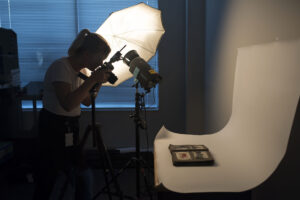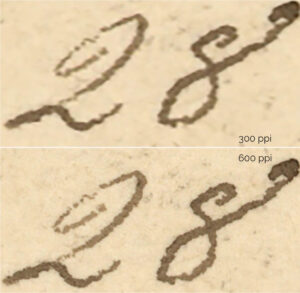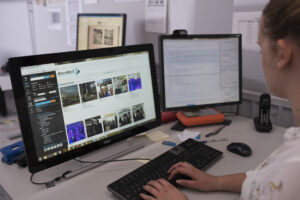You want your historical or cultural heritage collection to become accessible, discoverable and engaging… have you thought of an online community engagement platform? Information and Communication Technologies (ICT) delivers numerous avenues for participation in Cultural Heritage by all audiences from professionals to the interested public. Here are some important things we think you should know to ensure your project will achieve the level of engagement and accessibility that you desire.
1. Why and when you should use ICT
There are many purposes and forms of use for ICT in community engagement and the easiest ones to understand are the personal use cases you have experienced, ask yourself “Why are we doing this and what is the goal we want to achieve?” You should consider your organisational goals as well as the benefit to the intended users and audiences – what are they going to gain? ICT provides an amazing avenue for participation in Cultural Heritage if you first decide who your audiences are and what form of ICT participation will be meaningful for them. For example, you may be looking to achieve:- Deeper user participation with a physical collection. This could be through interactive displays alongside the collection, the use of VR or AR technology and re-using/re-purposing your content.
- Increase more users to view a physical collection. Perhaps a narrated interactive site that engages the audience and drives foot traffic to learn more and share knowledge.
- Engaging a wider community and enriching knowledge and collections through crowdsourcing. An interactive community engagement site with moderated content enhancement.
2. Digitise your collections
Digitisation became a practical option in the early 2000’s with convergence from numerous sectors (office automation, manufacturing, engineering, entertainment, publishing, etc) making devices accessible, affordable and useful. Your collections will need to be digitised to both a high quality and an appropriate resolution for your audience to fully engage in all the detail and information within the items of your collection.Capture Equipment
There are many types of digitisation equipment that exist, but there is no one size fits all. The digitisation process should be bespoke as it is important to match equipment against your material for;
- size,
- 2 or 3 dimensions, audio or video
- handling and fragility requirements,
- file outputs,
- colour accuracy and resolution.

Standards and Processes
Digitisation standards have evolved to match technology developments and it is important to identify the appropriate standards to adopt in your project. Tonal fidelity, or acutance, can make a huge difference to image quality. Simple things like resolution can also make a huge difference:
• 300ppi at 1:1 to allow the eye to see the same detail as in the original
• 600ppi or better to allow enlargements from 1:1

3. Access your digital content
Once you have digitised your collection, you need to provide access to the digital images. Beginning with basic file viewers, numerous tools have evolved to provide online access. When selecting the best tool to use it is important to consider the purpose of the user – professional vs interested amateur, as individuals or as communities. The phenomenon of social media has broadened communication channels and can attract new and larger audiences. There are also the traditional platforms such as Digital Asset Management Systems, Content Management Systems, Collection Management Systems, and (Sharepoint) Intranets.
We are now seeing the emergence of Community Engagement Platforms that combine the best of these traditional platforms and social media to provide a universal file viewer with the ability for people and communities to discover, access, and engage with a community and its history often using Cultural Heritage collections at the centre of the conversation. Once engaged with your content your community will take you to places you intend, or perhaps even where you have not foreseen!
